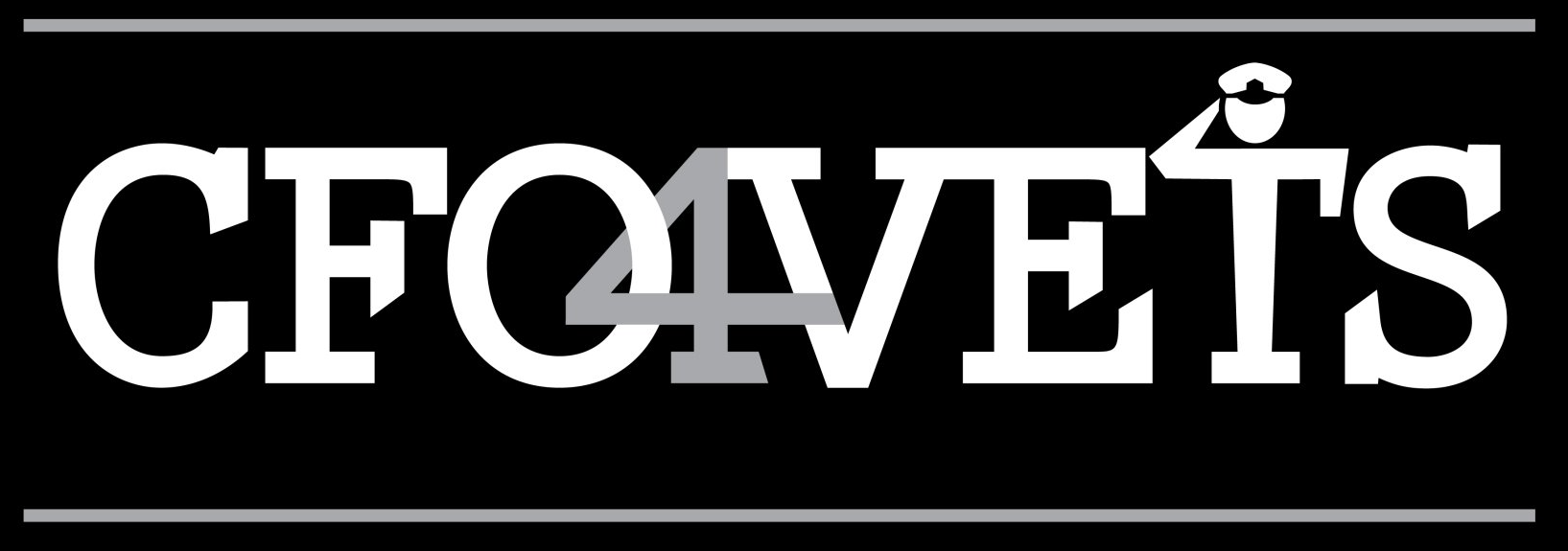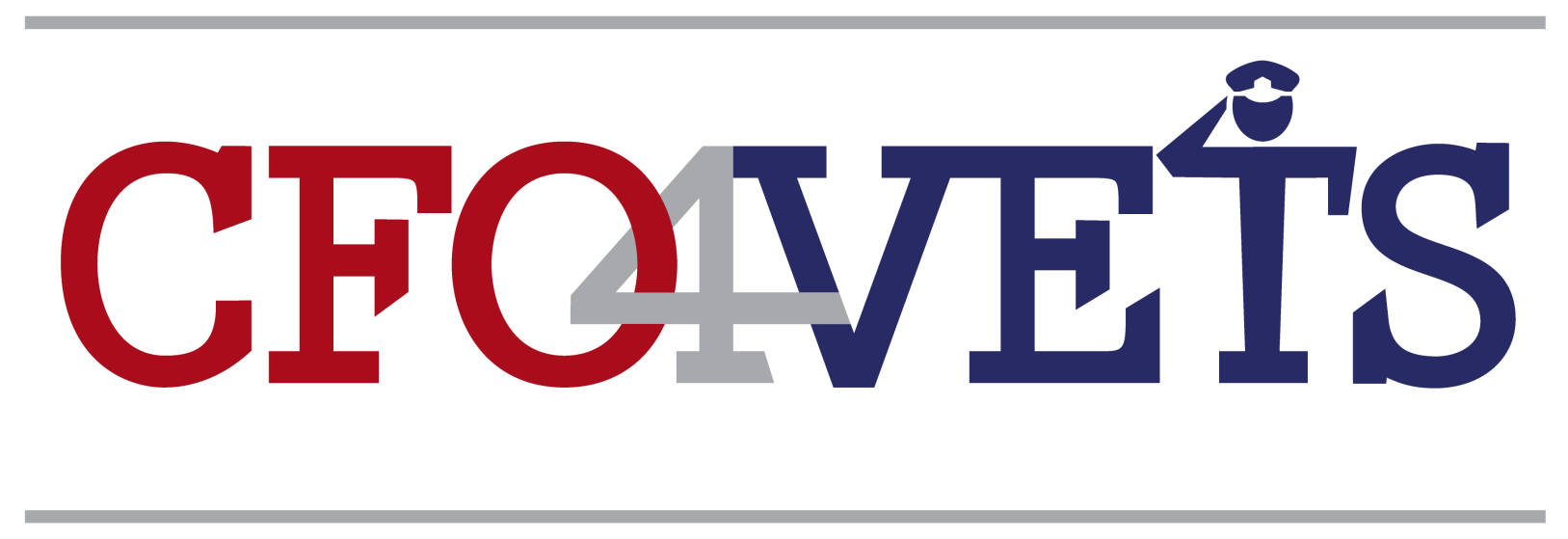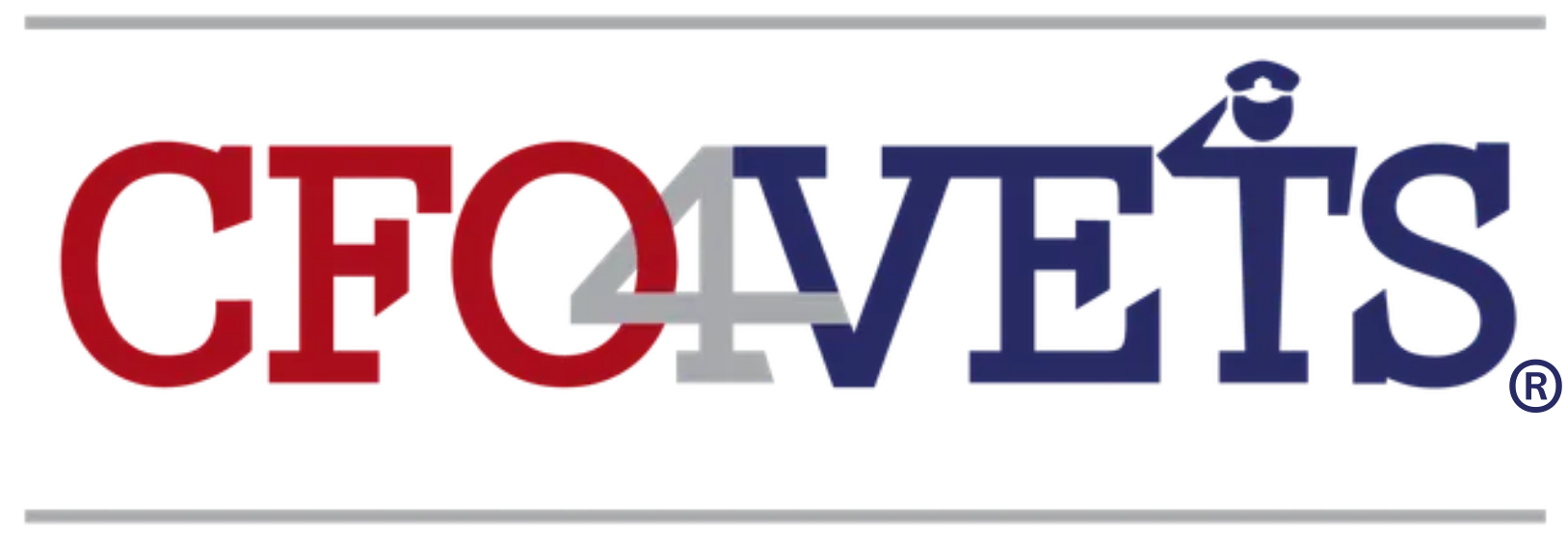Cash flow can make or break a small business especially in the early stages. Yet, smart cash flow management principles are relevant and essential to all businesses. The following outline twenty principles for navigating the peaks and valleys of your company's cash flows.
1. Cash is oxygen to your business. All businesses need it to breathe, and mastery of cash management principles will benefit your business immensely.
2. 82% of the time that businesses fail is due to cash flow shortfalls.
3. Build a reserve of 3-6 months of working capital to sustain the business through difficult times. Building a cash reserve and maintaining it isn't easy but a worthwhile undertaking if your business can make it happen.
4. Monitor cash conversion cycle constantly – How long does it take to convert sales to cash? The metric that measures the cash conversion cycle is the average collection period. The calculation follows:
Average Collection Period = (Average Accounts Receivable Balance)/(Total Sales) x 365
a. Measure how close your cash conversion cycle is to your payment terms. Example: If your cash conversion cycle is 25 days and your payment terms are 30 days, your cash conversion rate is respectable.
5. Build a cash flow forecast for at least 6-12 months in advance. The cash flow forecast will allow you to preview the peaks and valleys of your cash position.
6. Monitor and update the cash flow forecast weekly, monthly at a minimum.
7. Monitor and follow up on Accounts Receivable with ruthless consistency.
8. Beware of being a line of credit (a bank) for your clients.
9. Start-ups may need 2-3 times more cash than initial projections.
10. A cash flow statement should be part of your monthly financial statements (beyond the income statement and the balance sheet).
11. A cash flow statement shows a breakdown of your cash flow from operations, investing, and financing your business.
12. Bill customers a portion of fees upfront. This tactic will depend on your business, but collecting a part of your fees in advance will boost cash flow.
13. Have access to a revolving line of credit to help fund cash flow shortfalls. Interest rates are relatively cheap and will be low for the foreseeable future.
14. Obtain credit when your business does not require it. Then, your business will have access to it before a crisis or significant downturn.
15. Credit cards, if appropriately managed, help by providing your business with float.
16. Pay close attention to credit card close dates and defer expenditures to maximize float.
17. Practice zero-based budgeting. Build your budget every year with the idea that you are starting from scratch. Then, incumbent expenses are not automatically renewed in your budget. Even if your business can apply zero-based budgeting to a portion of your annual budget, it will help prevent guaranteed ratification of incumbent spending.
18. Make purchases using economies of scale to save dollars if feasible. Buy in bulk.
19. Lease computer equipment instead of buying equipment to spread out the payments to boost cash flow.
20. Accept only electronic payments. The time for accepting snail-mailed checks has passed.







